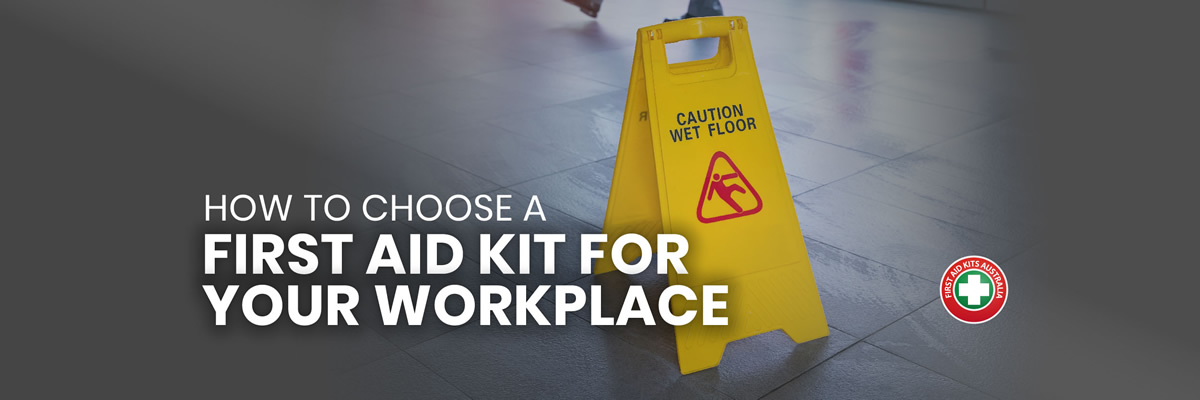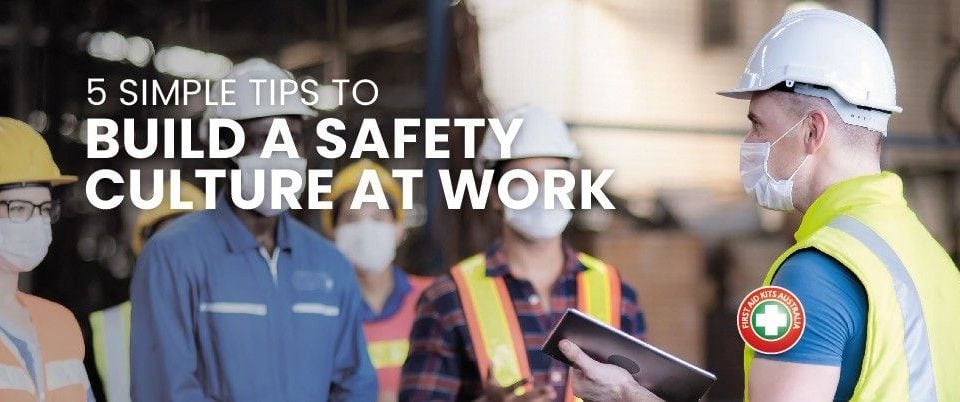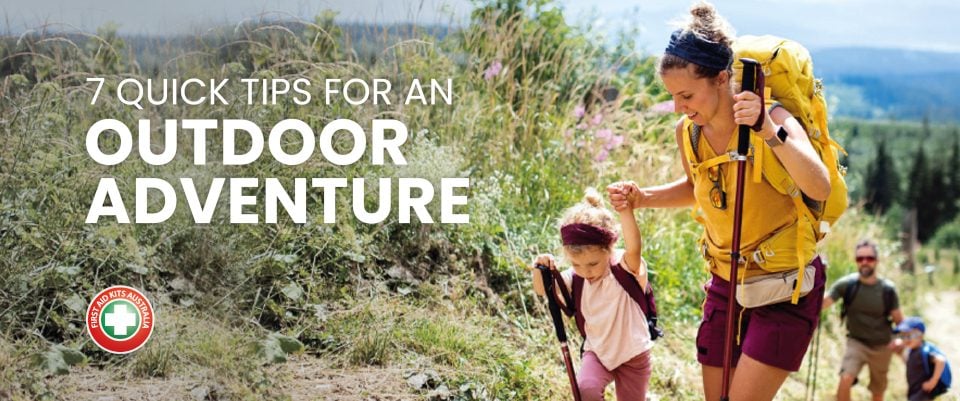
First Aid Kits for Sports Clubs & Trainers Sale
16 February 2020
How to choose the best First Aid Kit for Home
21 February 2020First Aid Kits are an essential part of the safety in the workplace; and a requirement for compliance. So, if you don’t have a First Aid Kit at work, it’s imperative that you get an appropriate one.
While there are many First Aid Kits options to choose from, when selecting a First Aid Kit for your workplace there are important factors to consider, so here’s a guide for you to pick the best First Aid Kit for your workplace:
- Regulatory approval: Ensure the first aid kit and supplies are registered with the Therapeutic Goods Administration (TGA) for sale in Australia. To ensure only safe medical products and devices are sold in Australia, the TGA requires them to have an ARTG number. With more products being sold on eBay and Amazon, there are more medical products hitting the market without necessarily being manufactured to suitable quality standards.
- Restocking: Restocking frequency will largely depend on how often you use your First Aid Kit. At a minimum, it’s important that you restock your kits at least once a year and check for expired products. Some companies provide a First Aid Kit restocking service.
- Quantity of People: Consider how many people the kit will be servicing. The more people, the bigger the kit you need. For large sites, break it up into different areas and determine the number of people per area and make a first aid kit available for each area.
- Risk and Common Injuries: Businesses are usually categorised as High or Low Risk (see below). This is determined by the work environment and the type of activities performed and the type of injuries possible to sustain. Some common injuries include cuts, sprains, and strains, bruises, grazes, fractures, overexposure to heat or cold, burns, allergies, bleeding, bruises, internal injuries, eye injuries, and bites & stings.Some industries, like the Food Industry (food manufacturers, restaurants, cafes, etc) need Blue Visual Dressings, for example. So, research your industry and make sure your first aid kits include the medical supplies that are needed.
- Emergency Manual: First Aid Kits should contain an emergency manual with basic first aid information for people with no training.
- Special Considerations: Think about whether you will need additional modules for your workplaces, such as Eye Wash Stations, or Burn Modules. Are the employees exposed to corrosive chemicals, flying particles or flammable liquids?
- Prominent and Visible: First Aid Kits should be able to be spotted quickly and be easily accessible. They should have a white cross with a green background.
- Appropriate Outer Case: The outer case should be appropriate for its purpose. Perhaps you need to protect from dust or knocks. The most common types of first aid kit cases include soft packs, metal cabinets, and hard plastic.
Choosing the right First Aid Kit for your workplace also implies assessing the risk level. Here is a guide to identify Risk Levels in the workplace:
- Low Risk applies to workplaces where the nature of the work implies a low probability of serious injury that would require first aid treatment. For example, city offices, shops, retail, co-working spaces on suburban hubs, etc.
- Moderate Risk is defined by a workplace where there’s a mild risk of an accident. For example, workplaces where machinery is used, such as warehouses with pallet racking and a forklift, etc.
- High Risk applies to workplaces where accidents are certain unless employees are protected correctly. This requires additional cover for the type of work being performed, for example, eye injuries, burns, cuts, and fractures. These workplaces may need extra items for each assessed risk. If you work with chemicals, heavy machinery, cutting tools, or welding equipment then your business is high risk.
- Remote area – Farms – Mine Sites all need separate assessments but the distance from a hospital or medical assistance is a key factor that increases risk. Because access to medical services is often limited, First Aid Training and First Aid Rooms are often needed.
You received your First Aid Kit, now to stay compliant
Keeping your First Aid Kit stocked and organized will guarantee its effectiveness when it’s needed and ensure your business is compliant.
How often a First Aid Kit is restocked depends largely on how often it is used. If the workplace in question has workers come into daily contact with dangerous elements, and the kit is often used, then restocking should take place every couple of weeks. If the kit is not used frequently, then maintenance can be reduced to the kit being restocked once every 6 months or so.
However, any First Aid Kit should be restocked after every major use, regardless of how intermittently it is used.
Modular First Aid Kits make access to emergency supplies faster as they are highly visibly intuitive. They also make restocking easier because each module can be checked if it has been opened and is “in date”, saving going through item by item.
In summary, restocking and maintenance largely hinge on the dynamics of each individual workplace, how frequent accidents occur, and the first aid kit is put to use.
Another requirement is that all Australian workplaces have First Aiders; personnel trained to apply first aid if needed. The number of First Aiders depends on the type of activities being conducted at the workplace and the number of people present. Fluid First Aid provides 5-star First Aid Training.
For more information on First Aid Kits visit First Aid Kits Australia.





